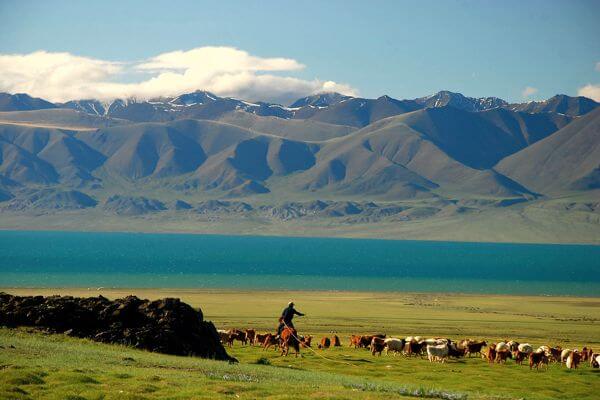The Undiscovered East & Dariganga Plains
(10 days)
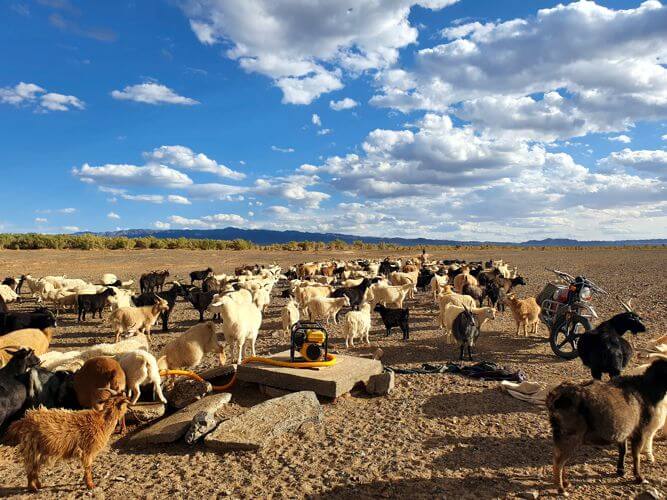
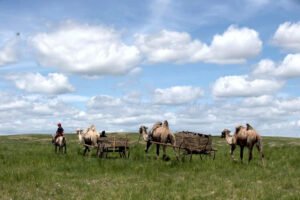
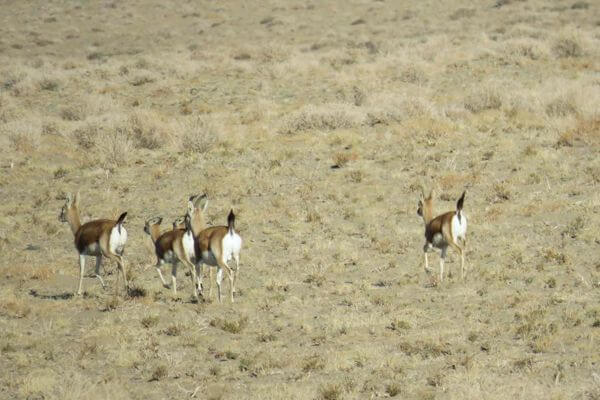
short description
Detailed description

Khodoo Aral
We will leave Ulaanbaatar and drive eastwards into the direction of Delgerkhaan village. Just before Delgerkhaan we will reach Khuduu Aral is the place where The Secret History Mongols was written in 1240. Archeologists found the ruin of the ancient city of Airag near Huduu Aral.
The Khuduu Aral is a plain about 30 km long and 20 km wide on the Kherlen River. There is a small lake, which is rich with carbonate, soda and chlorine, and used as a bath for diseases.
Here we will explore Genghis Khan’s monument and ruin of Airag city.
(Tented camp L, D)
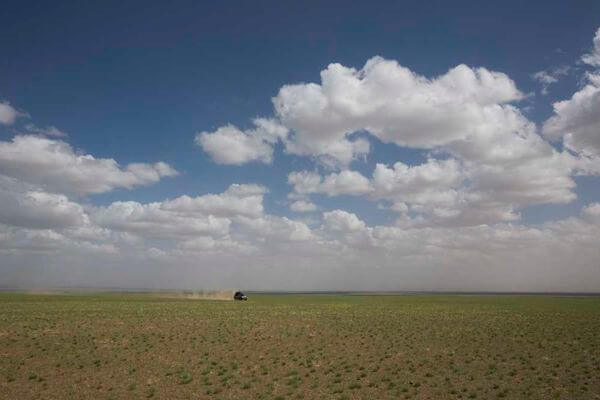

Genghis town, Ustay, Burgastai and Baruun Urt
Our second day will be another driving day eastwards. We will pass Genghis (capital city of the Khentii), Ustay Burgastay and reach the area of Baruun-Urt (capital city of the Sukhbaatar) end of the day.
(Tented camp B, L, D)
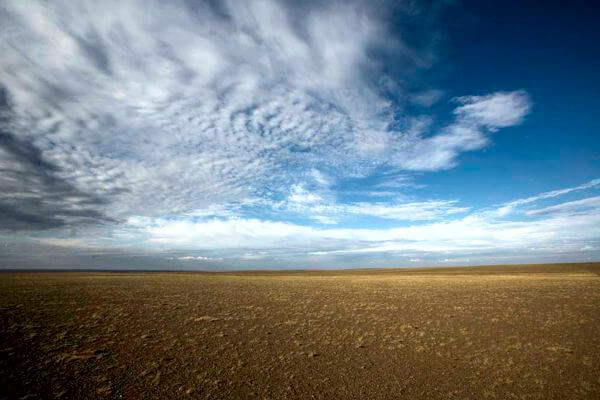

Erdenet Tsagaan & Yeguzur Khutagtiin Monastery
Today we’ll discover more about the vast flat Mongolian planes. We will drive them to reach in the early afternoon Erdenet Tsagaan village.
We will discover the area, see many deer stones and man stones. We will also visit Yeguzer Khutagt Monastery. The Yeguzer Khutagtyn Monastery is the focal point of Buddhism in the Dariganga region. The monastery’s last lama, Galsandash, was severely persecuted by the Communists in the 1930s.
(Tented camp B, L, D)
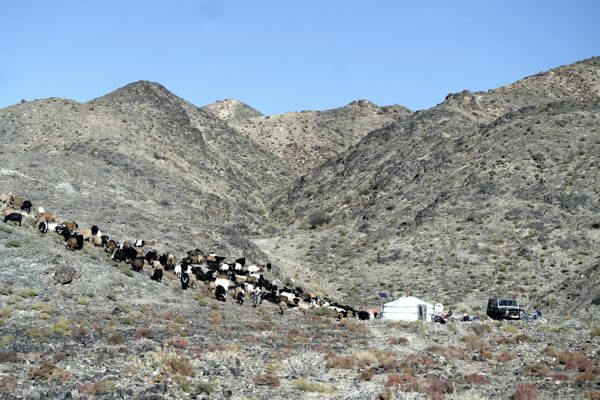

Dariganga & Taliin Agui
Dariganga area of far eastern Mongolia contains some 220 extinct volcanoes. Most of the southern part of the region is a vast plain with occasional oases, forming northern fringe of the Eastern Gobi. The flat relief is occasionally broken by low, heavily eroded ranges.
The skyline of Dariganga is dominated by Altan Ovoo (Golden Ovoo), a wide former crater topped by a new stupa which only men are allowed to visit. The stupa was built in 1990 on top of the ruins of the original Bat Tsagaan stupa, which was built in 1820 and destroyed in 1937. In the area around Altan Ovoo, there are dozens of broken balbal – their exact origins are not clear. According to local tradition, you should place an offering of food in the cup held in the statue’s left hand. There are also three balbals known as the king, the queen and the prince, in the north edge of town, near some hay sheds.
Dariganga is also a famous place for silversmiths and blacksmiths.
We will discover more of the planes today. We’ll meet families, eat with them, and stay with them. Here we will fully experience the Mongolian lifestyle.
We will also have a stop at the Taliin Agui steppe cave, one of the largest caves in Mongolia is 14 kilometers to the northwest of Mt. Shiliin Bogd. This large cave in the middle of steppe is 200 meters in length and occupies a total space of 100,000 cubic meters. On the way we will pass Dariganga village.
(Tented camp B, L, D)
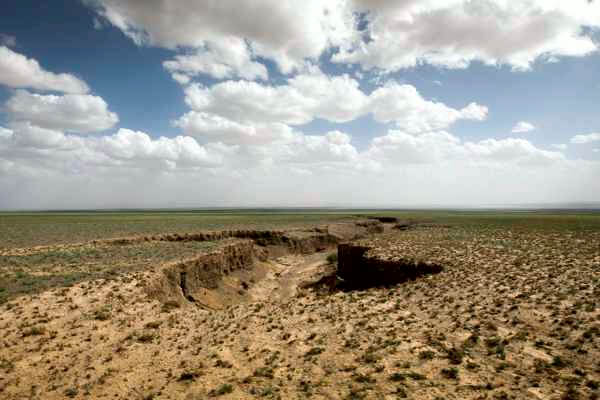



Transition from Steppe to Desert
For two days we will drive westwards. Today we will see the landscape changing dramatically from the grassland to the inhospitable rocky land. The number of families and cattle we will see along the road will gradually reduce. Camels will slowly replace cows.
(Tented camp B, L, D)


Khamriin Khiid
Today we will explore the grounds of Khamariin Monastery (Sambala Khiid), you will discover petrified wood, dinosaur’s bones, Sambala energy complex, the cave monasteries. We’ll wander around in the beautiful, red coloured sand dunes.
Khamriin Khiid was founded in 1822 by one of Mongolia’s most accomplished and forward-thinking masters, the mahasiddha Danzan Ravjaa. At its height, the oasis at Khamriin Khiid supported around 500 monks and a substantial lay community.
A poet, songsmith, dramatist, painter and naturopathic doctor, Ravjaa augmented the spiritual activity at Khamriin by instituting Mongolia’s first secular secondary and art schools, museum, library, and theatre. The latter staged elaborate, operatic dramas with Buddhist themes each summer. The actors trained at Khamriin and all of the costumes, sets and props were created in its workshops.
In 1938, the Soviet-led Red Army destroyed and looted almost everything at Khamriin Khiid. It was only through the remarkable foresight and courage of a Mongolian man named Tudev that 64 crates of Danzan Ravjaa’s texts, belongings and valuable gifts were buried in the desert for more than 50 years.
To the north of the monastery lie a series of caves where monks would retreat and practice high level of meditation for 108 days (108 being a sacred number in Buddhism)
(Ger camp B, L, D)
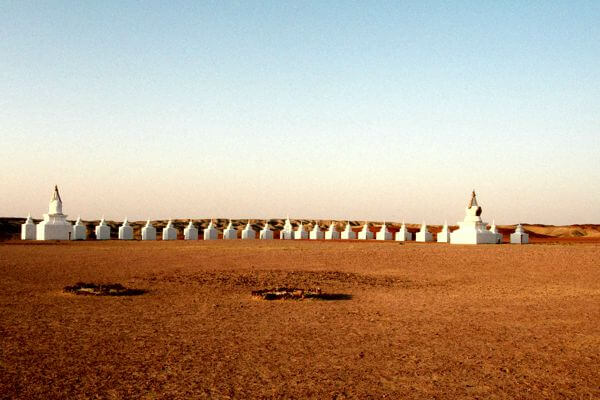
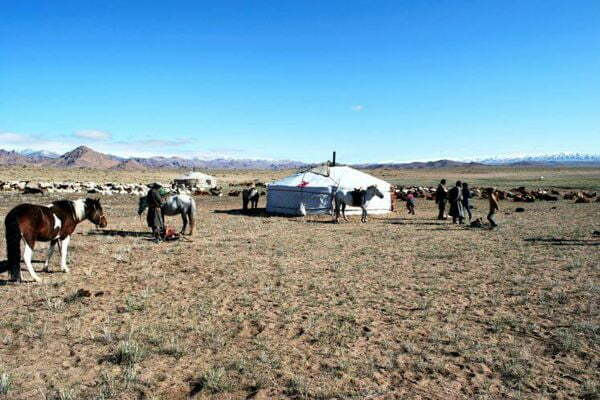

Khar Uul Monastery & Zuunbayan
Khar Uul Monastery located at the other side of the railroad is another monastery we will visit. You’ll drive a good hour to reach this little monastery. Man can climb up the top of the hill and enjoy a beautiful view from high up in the sky. Women are only allowed to climb half way the mountain.
In the afternoon we’ll have e a drive to the ghost town of Dzuunbayan village, a former Russian military base.
(Tented camp B, L, D)
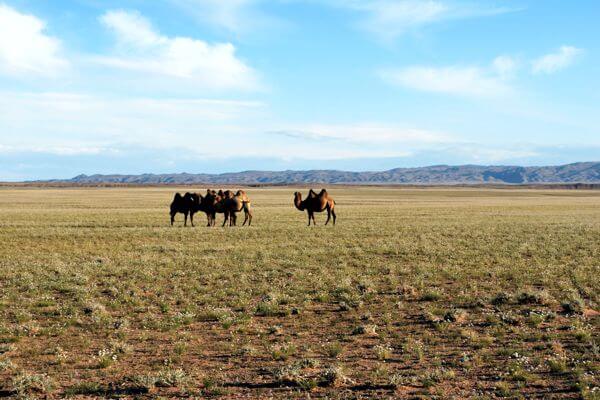

Ikh Gazriin Chuluu
Rocky Mountains spread out from west to east covering about 20 kilometers in Eastern Mongolia. It is a huge granite formation in the middle of the Mongolian sandy plane. The place is of great natural beauty and had has rich wildlife. The mountain is worshipped and has beautiful stories linked to religion and monks. It is unusual and very calm place even by Mongolian standard. Place is known for cinereous vultures. Their white nest covered by their urine and excrete can be spotted from far.
(Ger camp B, L, D)
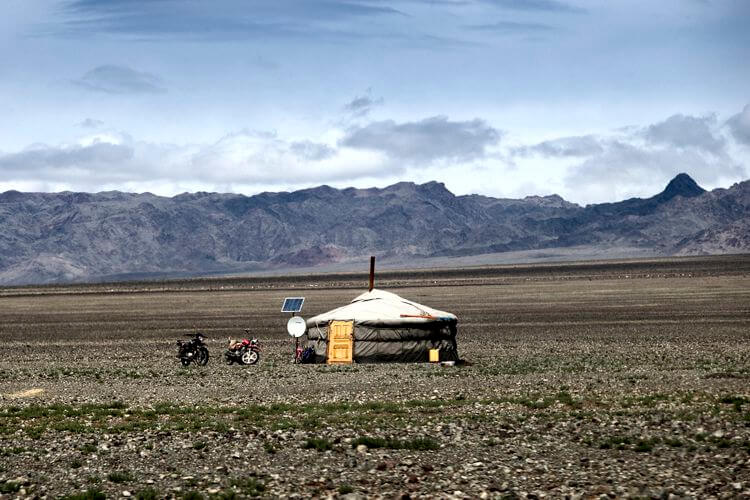

Drive back to Ulaanbaatar
Today we will drive back to Ulaanbaatar, the capital city. Our team will take you directly to your hotel. You may enjoy the free afternoon to catch up all the places you haven’t visited yet. You might check as well the beautiful cultural show enjoy the colourful and rhythmic Mongolian dance, throat singing and admire & contortionists.
(B, L)
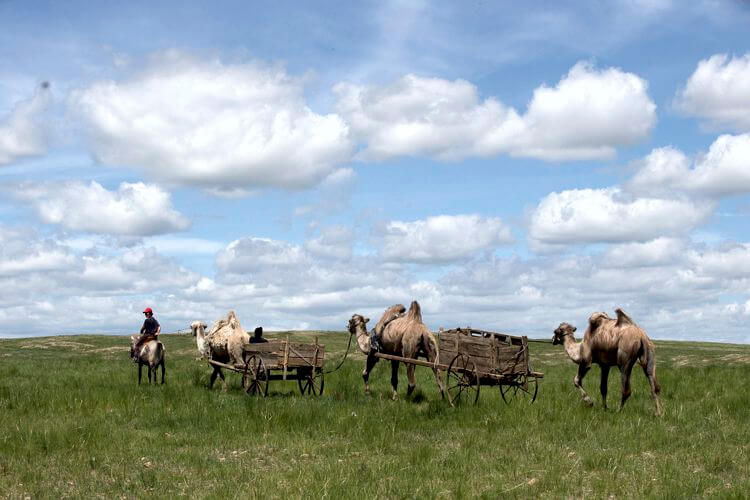
INCLUDED
- Land transportation
- 2 nights Ger camp stay
- 8 nights tented camp stay
- Meals 9B, 10L, 9D
- Tour guide
- Camping and kitchen equipment
- National park, museum, monastery entrance fee
NOT INCLUDED
- Hotel in Ulaanbaatar
- City touring
-
Medical, trip insurance and
evacuation costs - Alcoholic and soft drinks
our guranteed departures
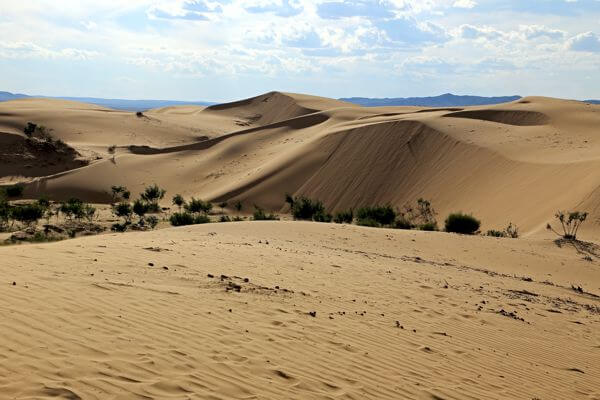
fixed tour-1

fixed tour-1
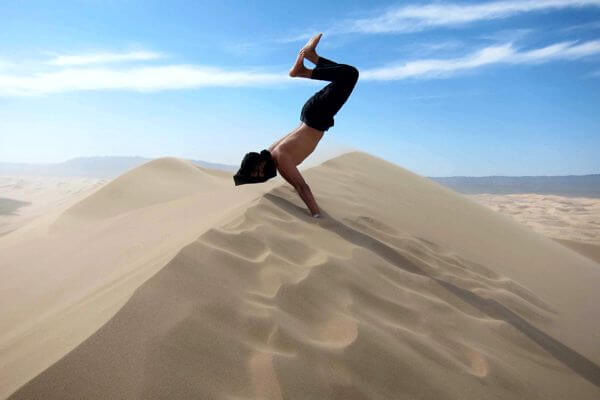
fixed tour-1
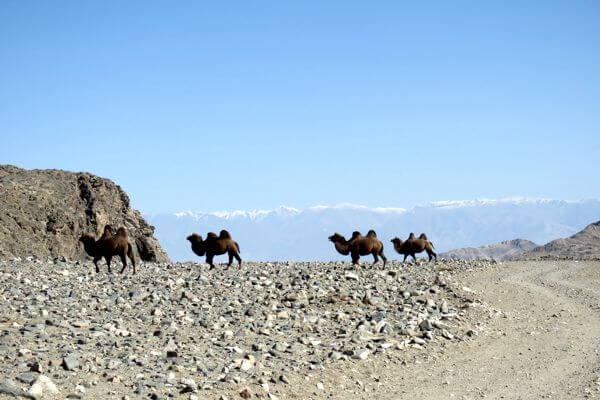
fixed tour-1
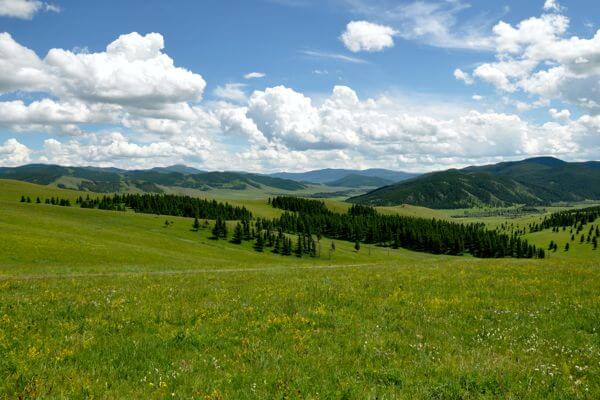
fixed tour-1
